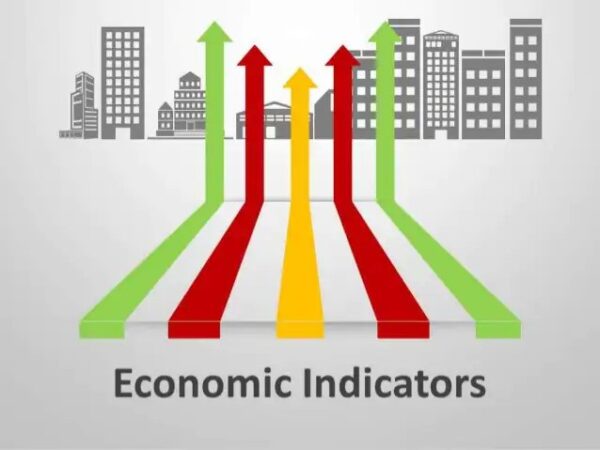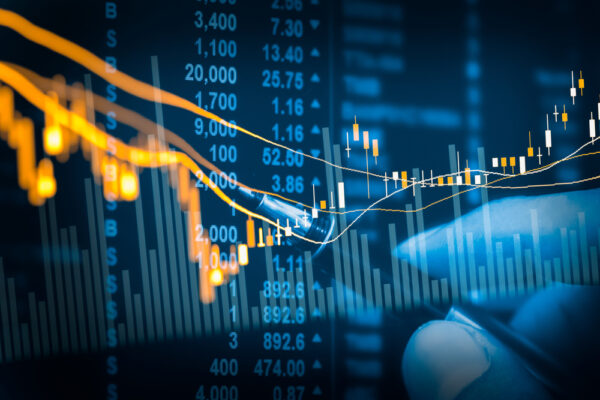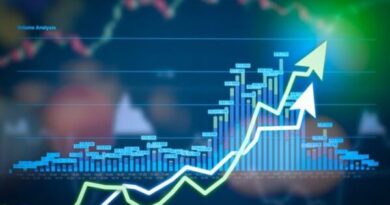Decoding Economic Indicators: Your Guide to Understanding Economic Health
Economic indicators are essential tools that provide a window into the overall state of an economy. Whether you’re an investor, entrepreneur, or policy-maker, these statistics are critical for making well-informed decisions about financial strategies and future planning. But what exactly are economic indicators, and how do they shape the world of finance, business, and economic policy?
What Are Economic Indicators?
Economic indicators are data points that reflect the current performance and trends within an economy. They offer valuable insight into key areas like consumer behavior, employment, inflation, and national productivity. These indicators are grouped into three main categories—leading, lagging, and coincident—and each type offers a unique perspective on the economic cycle.
- Leading Indicators: are predictive tools used to forecast future economic activity. These might include stock market performance, new business orders, or consumer confidence levels. They act as early signals for potential growth or downturns in the economy.
- Lagging Indicators: confirm trends that have already occurred. Unemployment rates, inflation levels, and corporate profits fall into this category. They help validate whether an economic shift has taken place, providing important context after changes are visible.
- Coincident Indicators: offer real-time insight into the economy’s current state. Metrics like gross domestic product (GDP), retail sales, and employment rates are examples of coincident indicators, providing a clear snapshot of economic health at a given moment.
By analyzing these categories, businesses and investors can better understand where the economy stands and predict what may come next.

Key Economic Indicators to Watch:
Several core indicators are crucial for assessing the health and trajectory of an economy. Below are some of the most widely tracked:
- Gross Domestic Product (GDP):
GDP measures the total value of goods and services produced in a country over a specific period, providing an overarching view of economic strength. A rising GDP signals growth, while a declining figure may indicate a shrinking economy. - Unemployment Rate:
This metric tracks the percentage of the workforce actively seeking employment but unable to find it. Low unemployment suggests a robust job market, while high unemployment often points to economic difficulties. - Consumer Price Index (CPI):
CPI monitors the average change in prices for a basket of consumer goods and services, making it a key indicator of inflation. Rising inflation reduces consumer purchasing power, while controlled inflation is generally considered healthy for the economy. - Interest Rates:
Central banks control interest rates, which influence borrowing costs, consumer spending, and investments. Higher rates typically slow economic growth by making borrowing more expensive, while lower rates encourage spending and investment. - Stock Market Indices:
Though not a direct measure of the economy, stock market performance is often seen as a leading indicator of investor confidence and future economic conditions. Surges in stock indices can signal optimism, while declines may suggest caution or economic challenges. - Consumer Confidence Index (CCI):
This measures the overall sentiment of consumers regarding the state of the economy and their personal financial well-being. High consumer confidence often correlates with increased spending, driving economic growth. - Housing Market Data:
Indicators like housing starts, building permits, and existing home sales reflect activity in the real estate sector. A strong housing market can indicate economic expansion, while a slowdown may be an early sign of trouble.
How Businesses and Investors Leverage Economic Indicators?
For businesses and investors, economic indicators are not just theoretical; they drive strategic decisions. Businesses use these indicators to determine when to expand, hire new staff, or invest in additional resources. For example, rising consumer confidence or a booming housing market might signal an opportune time for businesses to increase production or enter new markets.
Investors look to these indicators to guide investment strategies. Leading indicators like stock market trends or new housing starts can provide early clues about where the economy is headed, helping investors adjust portfolios before market shifts occur. By understanding these trends, they can make more informed decisions about buying or selling assets, thus mitigating risk.
Economic Indicators and Government Policy:
Governments and central banks rely heavily on economic indicators to craft fiscal and monetary policies. During periods of high unemployment, for example, governments may introduce stimulus programs to boost job creation and economic activity. Central banks, on the other hand, use inflation rates and interest rates to either curb economic overheating or encourage growth during periods of stagnation.
Monitoring these indicators enables policymakers to react proactively to economic shifts, whether through adjusting tax rates, altering public spending, or modifying interest rates. These decisions ultimately shape the broader economy, affecting everything from household incomes to global trade dynamics.
The Global Impact of Economic Indicators:
In today’s interconnected global economy, economic indicators from one country often influence other nations. For Example, a rise in U.S. interest rates could trigger a flow of capital away from emerging markets, sending shockwaves throughout the global economy. Similarly, a robust GDP report from China could signal increased demand for goods, benefiting exporters around the globe. Understanding these cross-border relationships is key for businesses and investors with international exposure.
Conclusion: The Value of Staying Informed
Economic indicators offer invaluable insight into the pulse of the economy. By keeping a close eye on these metrics, business leaders, investors, and policymakers can better navigate the complexities of financial and economic landscapes. These tools not only provide a snapshot of the current economic situation but also serve as powerful guides for making informed decisions that can shape the future.
FAQs:
1. What are economic indicators, and why are they important?
Economic indicators are statistical measures that offer insight into various aspects of a nation’s economy, such as growth, employment, inflation, and consumer activity. They provide critical data for assessing economic health and are used by businesses, investors, and policymakers to make informed decisions.
2. How do economic indicators influence business strategies?
Businesses use economic indicators to guide decisions related to investments, hiring, production, and expansion. For example, high consumer confidence might encourage a business to launch new products, while rising inflation could prompt cost-cutting measures.
3. What differentiates leading, lagging, and coincident indicators?
- Leading Indicators: Predict future economic trends and provide early signals of economic changes. Examples include new business orders and stock market trends.
- Lagging Indicators: Confirm trends after they have occurred, such as unemployment rates or inflation data, providing clarity about past performance.
- Coincident Indicators: Reflect the current state of the economy, offering real-time data, like GDP and industrial production.
4. How do GDP and GNP serve as economic indicators?
GDP (Gross Domestic Product) measures the total value of all goods and services produced within a country, representing its domestic economic activity. GNP (Gross National Product) includes the value of goods and services produced by a country’s residents, regardless of location, offering a broader perspective on economic performance.
5. Can economic indicators forecast recessions?
Yes, certain leading indicators, such as declines in stock prices, drops in consumer spending, or reduced industrial production, may signal a potential recession. While no indicator can guarantee a recession, a combination of data often points to economic downturns ahead.
6. What is the Consumer Price Index (CPI) and its significance?
The Consumer Price Index tracks the average change in prices consumers pay for a basket of goods and services, making it a primary indicator of inflation. Rising CPI indicates higher living costs and reduced purchasing power, while stable or falling CPI signals controlled inflation.
7. How do economic indicators shape government fiscal and monetary policies?
Governments and central banks monitor economic indicators to formulate policies aimed at stabilizing the economy. For instance, rising inflation might lead central banks to increase interest rates, while high unemployment could trigger government spending programs to stimulate job creation.
8. How do interest rates act as an economic signal?
Interest rates, set by central banks, directly influence borrowing and spending. High interest rates tend to slow economic growth by making loans more expensive, while lower rates can spur economic activity by encouraging borrowing and investment. Interest rates are also crucial for controlling inflation.
9. Can stock market performance be considered a reliable economic indicator?
While stock market movements provide clues about investor sentiment and expectations for future economic performance, they are not always reliable predictors. Markets can be volatile, influenced by short-term events or speculation, rather than underlying economic fundamentals.
10. How does consumer confidence impact economic trends?
Consumer confidence reflects how optimistic people feel about the economy and their financial situation. High confidence tends to lead to increased spending, driving economic growth, while low confidence usually results in reduced spending and slower economic activity.
11. Why are housing market indicators important for economic analysis?
Housing market data, such as new home sales, building permits, and housing starts, give insight into economic conditions. A thriving housing market often indicates a growing economy, as it affects sectors like construction, manufacturing, and finance.
12. Why is understanding economic indicators valuable for individuals?
Knowing how to interpret economic indicators helps individuals make better financial decisions, whether it’s choosing the right time to invest, saving for future expenses, or understanding shifts in employment and inflation. Staying informed about the economy allows people to navigate financial challenges more effectively.




